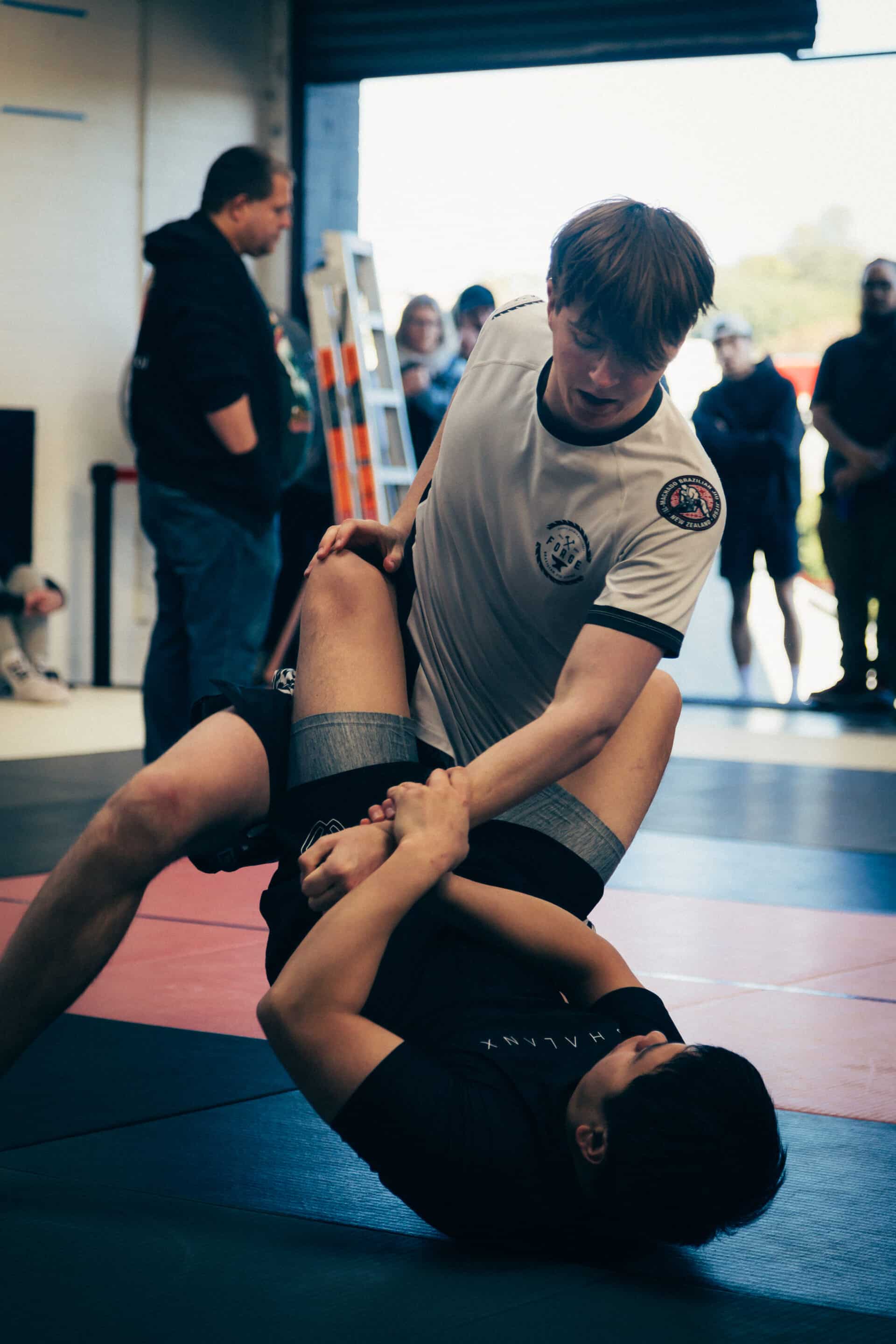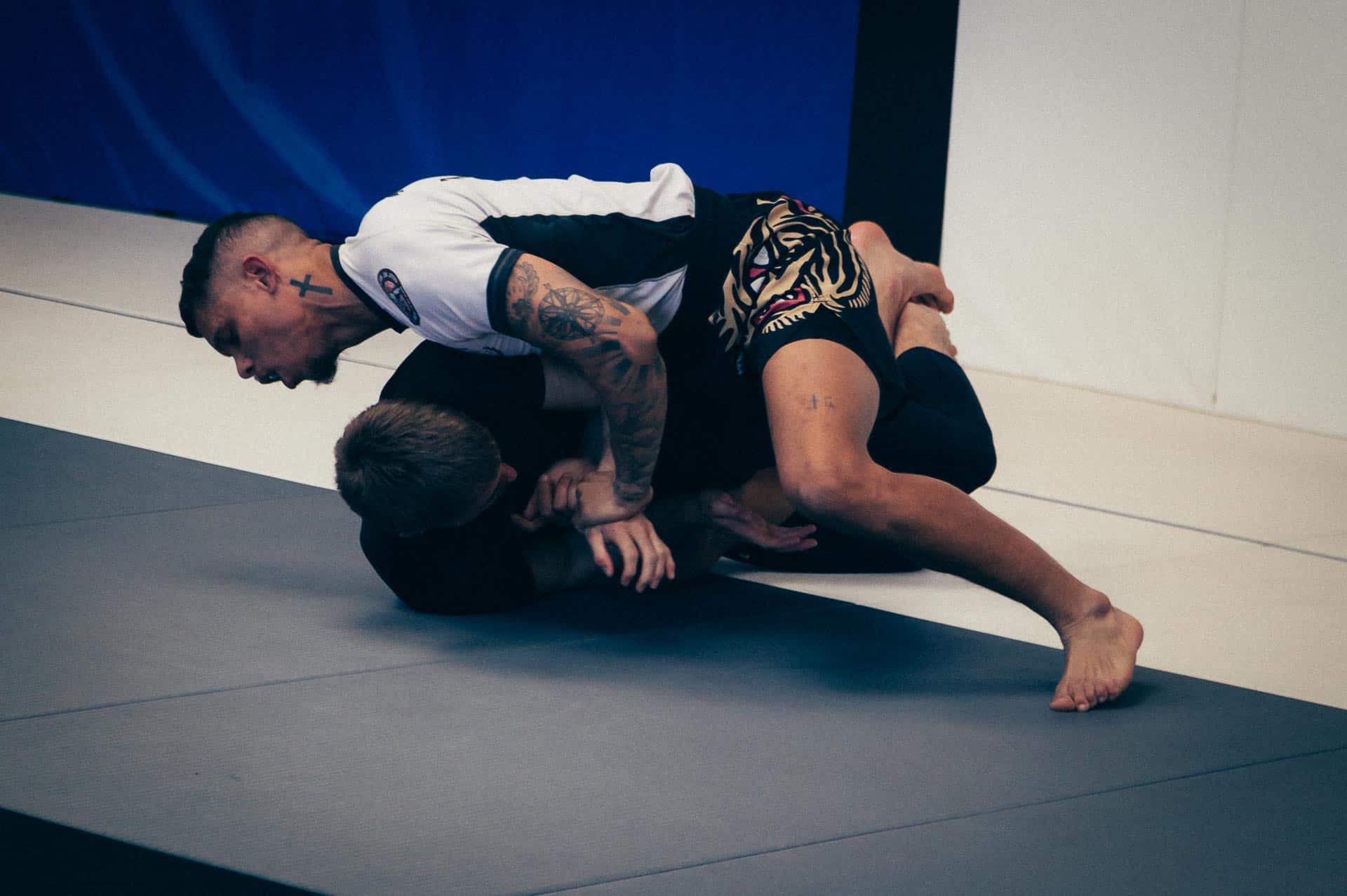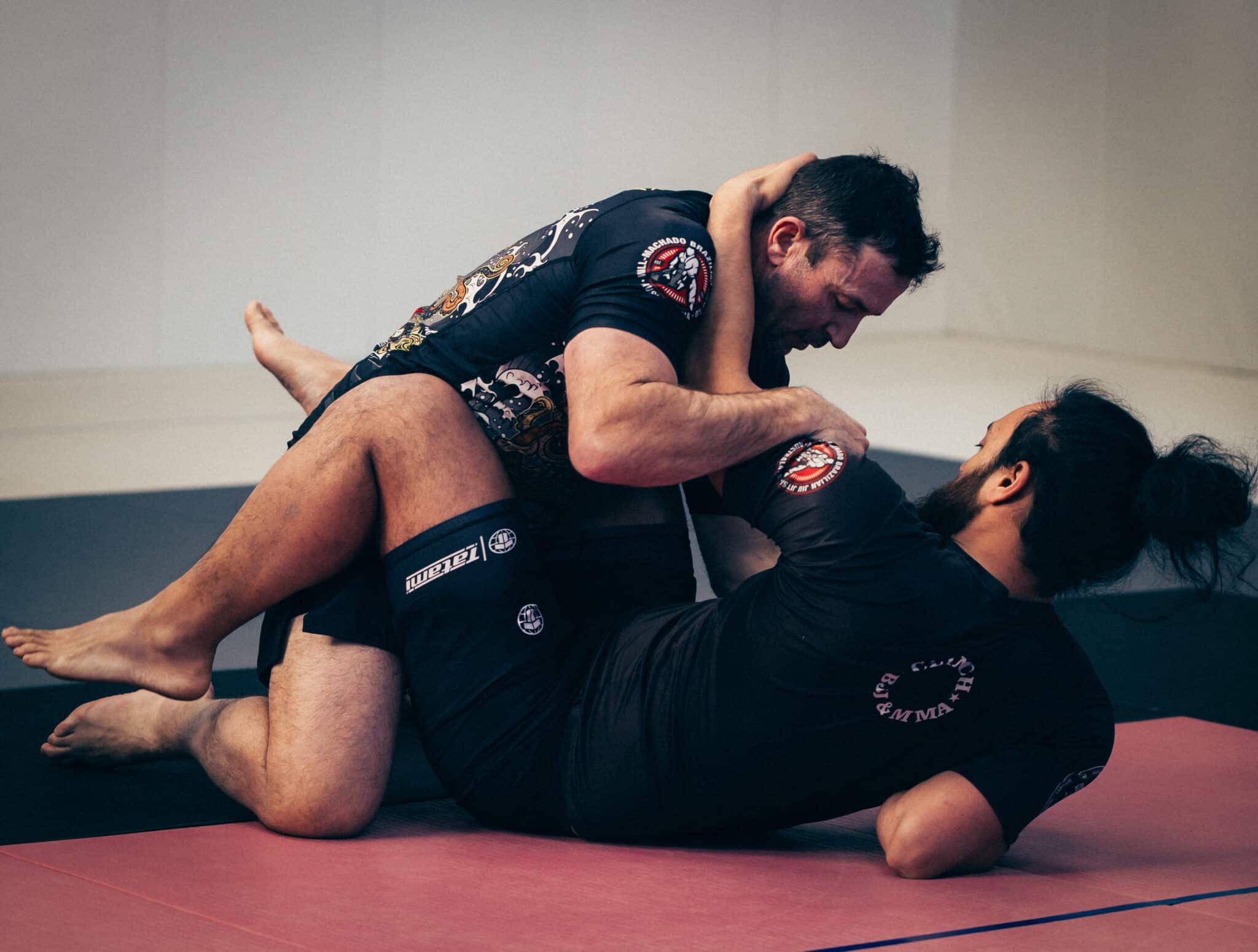When I started my BJJ journey, I was all about the big moves—the submissions and sweeps that would get me a tap or a sweep. But it wasn’t long before I realised something was missing. Why did I struggle to control my opponents? Why did my moves feel powerless against more seasoned belts? The answer? Alignment.
Alignment isn’t just a concept; it’s the foundation of everything we do on the mats. Think of it like stacking building blocks—when they’re perfectly aligned, the structure is strong and stable. Misalign them, and even a slight nudge can cause a collapse. This is why I can still get thrown around with such apparent ease by some of our senior members, and I can sit back and not be moved by some of our newer ones.
Let’s dive deeper and explore how mastering alignment can be the turning point in your BJJ journey. Ready to unlock your full potential on the mats? Let’s get started!

Understanding the Core: What is Alignment in BJJ?
At its heart, alignment in Brazilian Jiu Jitsu is the harmonious connection of your base, posture, and structure. Think of it as the trinity that underpins every effective technique you’ll learn on the mats. It’s not just about where you place your hands or feet; it’s about the synergy between your entire body and your opponent’s, allowing you to apply pressure, create openings, and defend with minimal effort.
When I first started training, I was so focused on memorising techniques that I overlooked the importance of alignment. My movements were clumsy, and I often felt exhausted after a few rounds. I mean, to be fair, I still do. But it wasn’t until I realised my misaligned posture sabotaged my efforts that I began to grasp the concept. By paying attention to my alignment, I started to notice changes. Techniques that once seemed impossible became achievable, and I found myself conserving energy and remaining calm under pressure.
Alignment isn’t static; it’s an ongoing adjustment process. As your opponent moves, you must continually tweak your positioning to maintain that equilibrium. It’s a dynamic dance where subtle shifts in weight and tension can make all the difference. The next you roll, become more aware of your body’s alignment. Are your hips and shoulders in sync? Is your spine straight and neutral? These minor adjustments can have a massive impact on your overall game.
So, why is this so crucial? Let’s delve into the building blocks and see why alignment is the cornerstone of a strong BJJ foundation.
The Building Blocks: Why Alignment is Crucial in BJJ
At first, it felt like one of those abstract ideas that seemed impossible to grasp fully. But over time, I realised that alignment is about efficiency; it allows you to make the most of your body’s natural mechanics while exploiting your opponent’s weaknesses. When I began to pay more attention to my posture and the positioning of my limbs, I noticed a dramatic shift in my performance.
One critical lesson I’ve learned is that alignment isn’t just about your movements but the relationship between your body and your opponent’s. Finding that sweet spot where your strength and stability can be applied with maximum impact while minimising your vulnerabilities. If you’re rolling with a more prominent, stronger opponent, maintaining proper alignment can be your equaliser. It allows you to use your whole body as a single, coherent unit rather than relying on individual muscles, which can easily be overpowered.
It’s also crucial to understand that proper alignment reduces the risk of injury. When your body is aligned correctly, the stress on your joints and muscles is evenly distributed. This means you’re less likely to experience strains or sprains, and more importantly, you can train consistently without setbacks.
In short, mastering alignment in BJJ provides stability and flexibility that transforms your game. But how do we apply this practically, especially when under pressure? That’s where the details and drills come in, which we’ll explore in the next section. What’s the first position that comes to your mind where alignment plays a crucial role? For many, it’s the guard game.

Guard Game: Harnessing Alignment for Control and Submission
When it comes to the guard game, alignment is your best friend. As a white belt, I vividly recall my early struggles, constantly losing control and failing to execute techniques effectively. However, once I grasped the concept of alignment, my game began to transform.
Take the closed guard, for instance. It’s a classic position where understanding and using alignment can make all the difference. You create a solid foundation by positioning your hips directly beneath your opponent and aligning your spine. This alignment lets you control their posture, preventing them from easily posturing up or passing your guard. Imagine stacking toy blocks; the tower wobbles and collapses when the base is misaligned. Your hips are that foundational block in the closed guard.
On the other hand, if you find yourself trying to pass a partner’s half-guard, once you have freed your knee, the next step is to break your partner’s alignment with cross-face pressure. If you can pin their hips one way but twist their head and, therefore, their neck and spin away from that, you break their alignment and put them in a fragile position to fight back.
So, how does mastering alignment in your guard game translate to actual rolls? Simply put, it makes your guard far more resilient and formidable and breaks down the opponents. Maintaining good alignment means you’re always a step ahead, ready to control, defend, and attack efficiently. This patience and focus on alignment helps you transition from just surviving to actively dominating from the guard.
Posture Matters: How to Maintain Optimal Alignment
One of the pivotal aspects of alignment is maintaining optimal posture. Your posture is the foundation upon which your entire game is built. When training BJJ, always be mindful of how you hold your body. For instance, if your shoulders are hunched or your back is rounded, you’re already compromising your stability and power. Strive for a neutral spine and an upright posture; this will maximise your leverage and protect you from potential injuries.
Think about it: have you ever found yourself easily swept from guard because your posture was off? By adjusting your positioning – keeping your spine straight and your head up – you suddenly become a far more challenging opponent to control. Good posture also aids breathing, keeping you from tiring out quickly during those intense rolls.
Maintaining optimal posture is especially crucial when executing techniques requiring precision and control. For instance, when performing a guard pass, you’re more likely to get caught in a submission if your posture is compromised. Strong posture helps you apply consistent pressure and maintain balance, making it difficult for your opponent to counterattack.
So, how do you ensure you’re maintaining optimal posture? Start by drilling with a focus on your body alignment. Continually ask yourself: are my shoulders back? Is my spine neutral? Are my hips aligned with my shoulders? Practising in front of a mirror or recording your training sessions can provide invaluable feedback.
Mastering your posture will undoubtedly elevate your BJJ game, so always be mindful and make those adjustments as needed.
- Proper alignment ensures your body moves efficiently, reducing undue stress on joints and muscles.
- Correct alignment allows for more precise movements, enabling you to perform techniques effectively.
- Good alignment centres your body, enhancing your balance and stability on the mat.
- When your body is aligned, you use energy more efficiently, which can help you last longer during intense rolls.
- Knowing that you are using the optimal form can boost your confidence, allowing you to approach sparring and competition with a more positive mindset.



